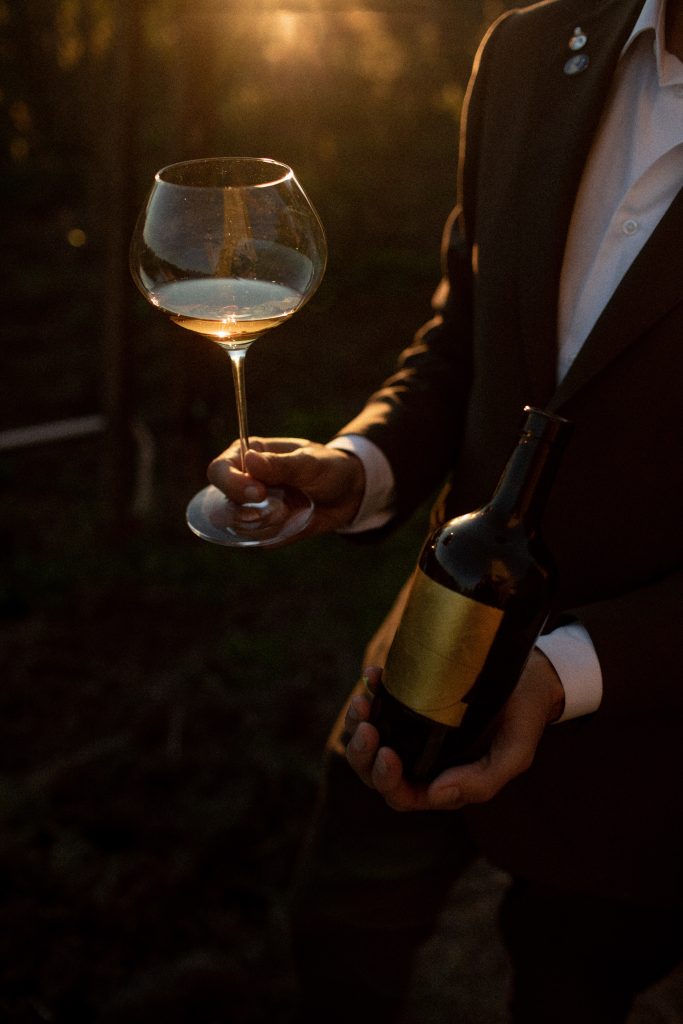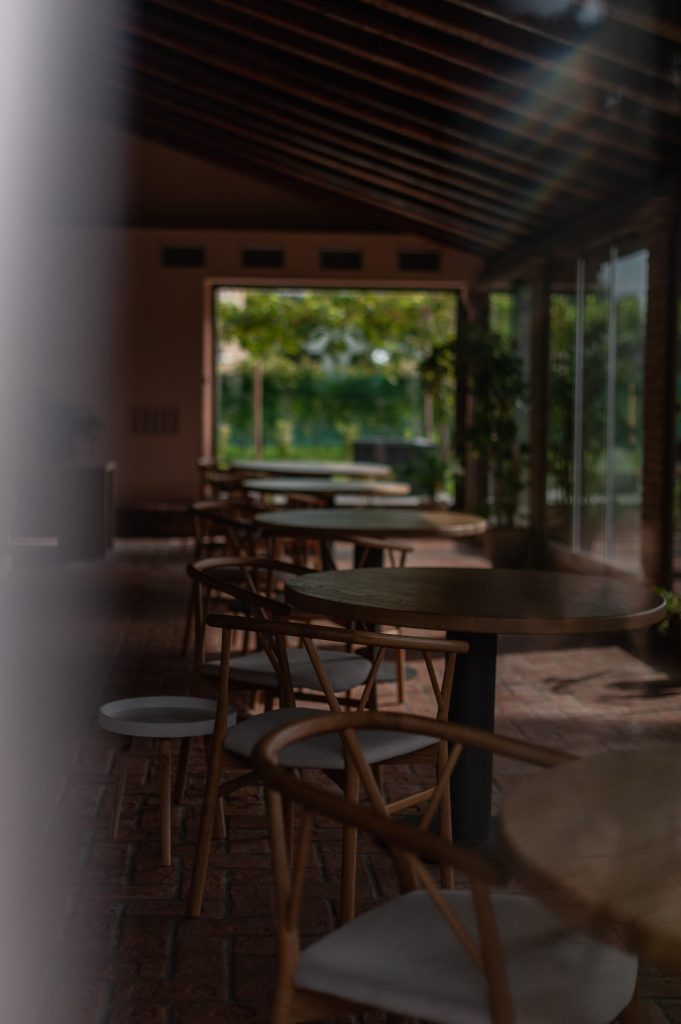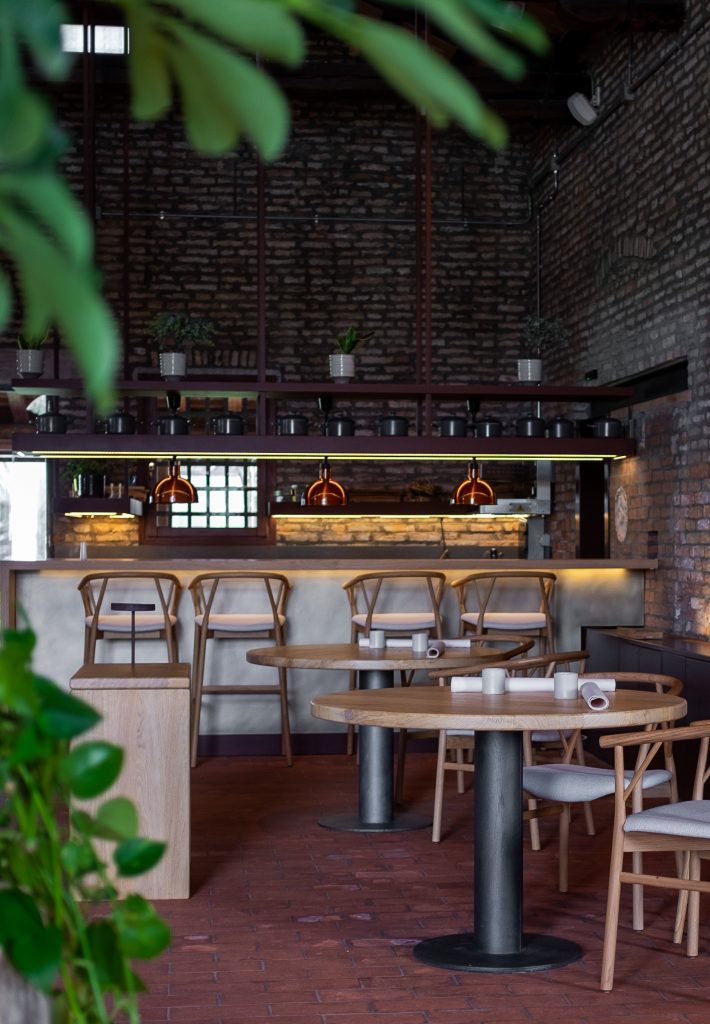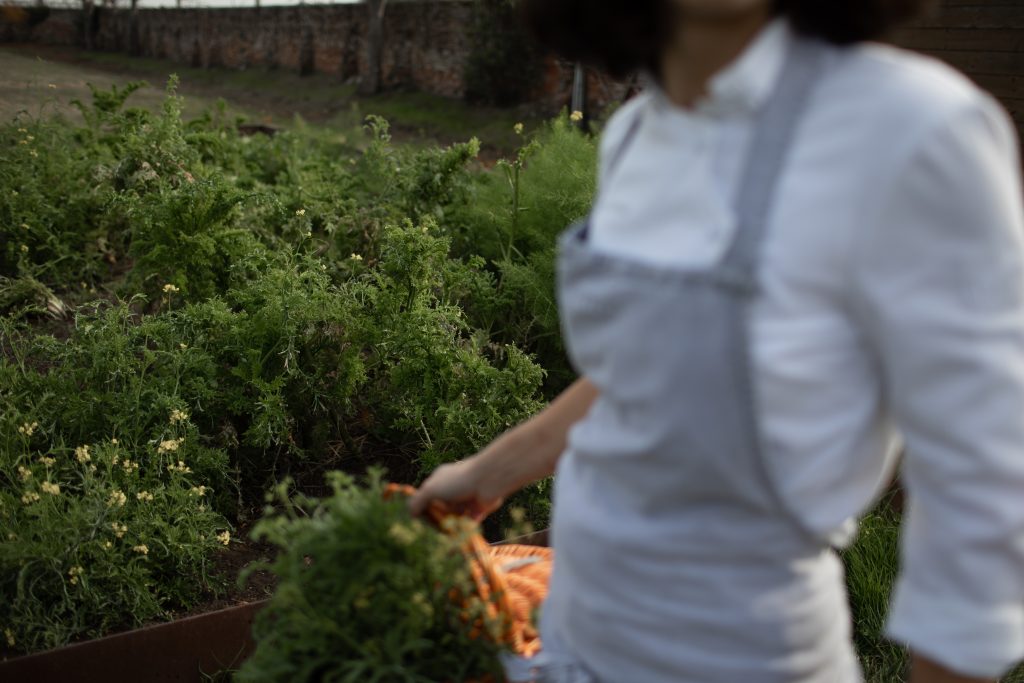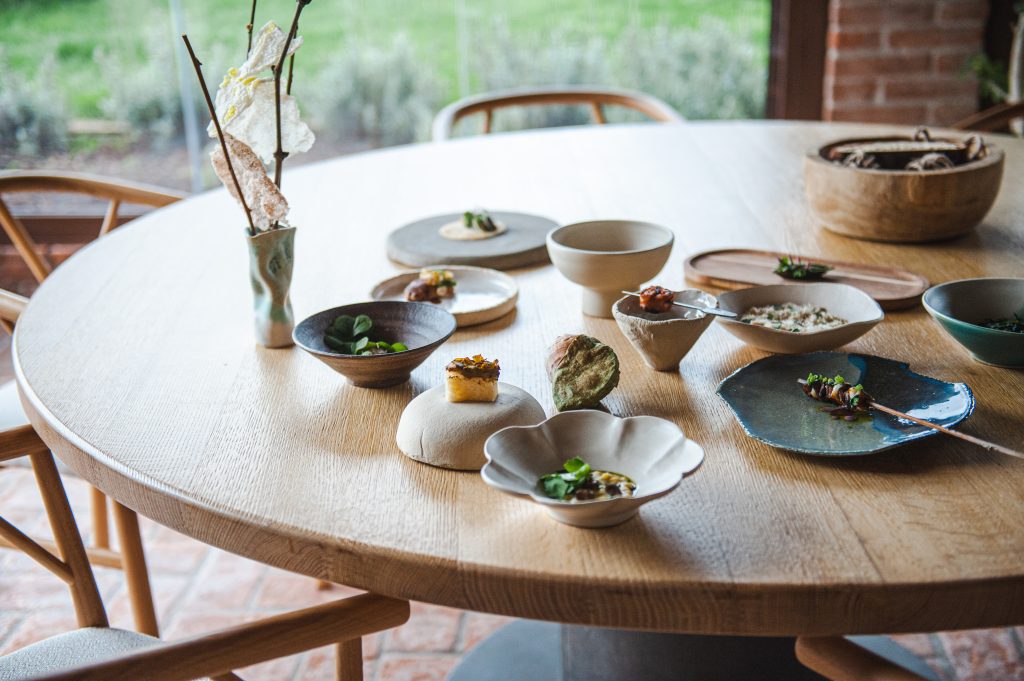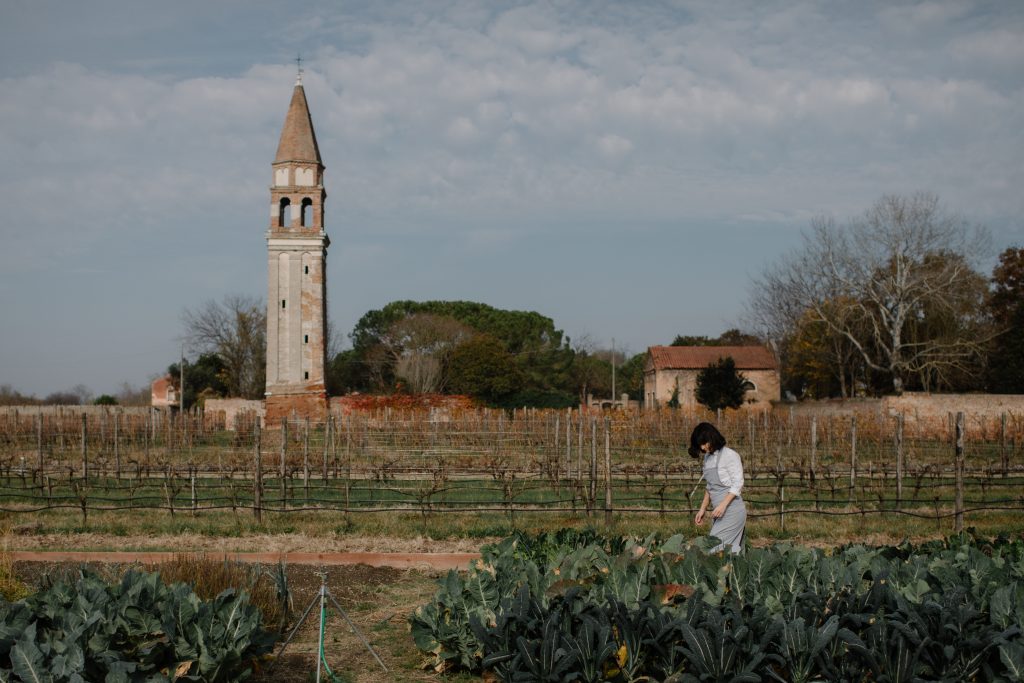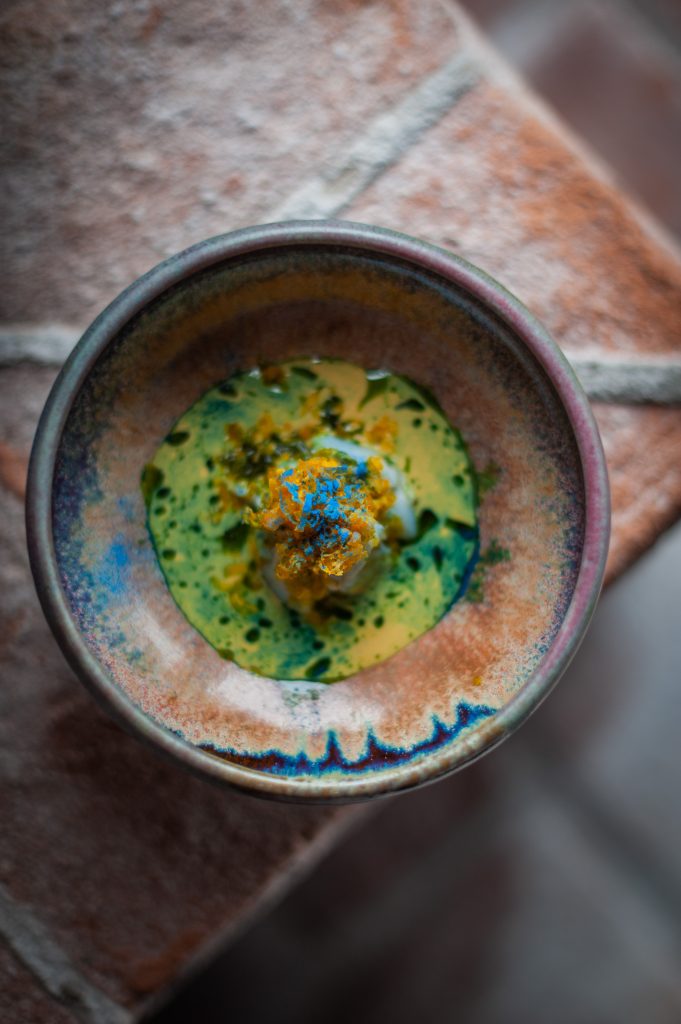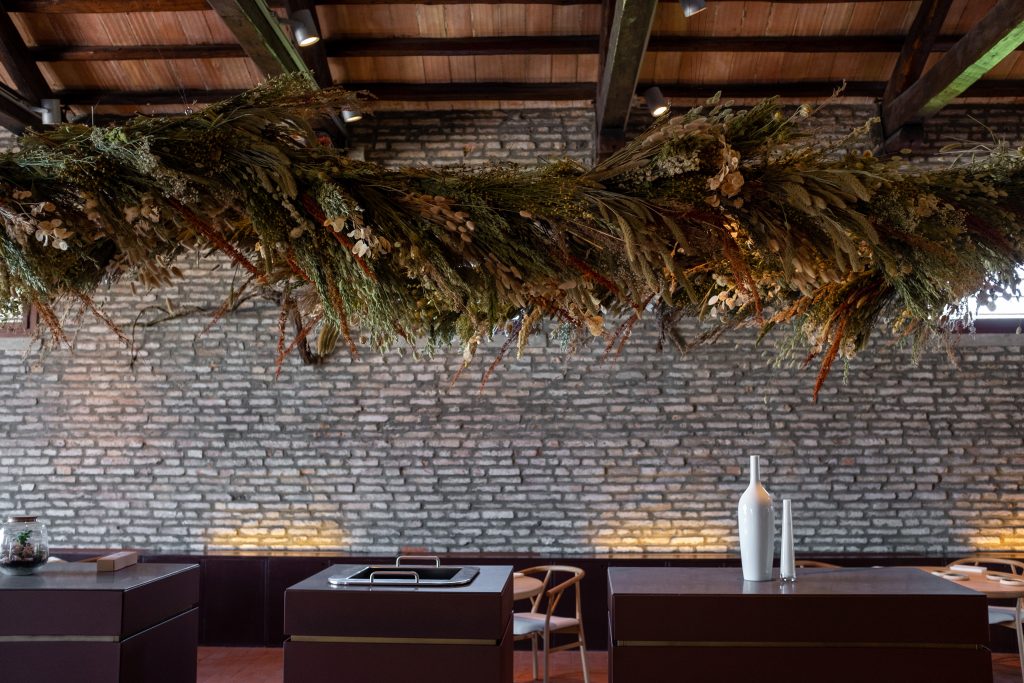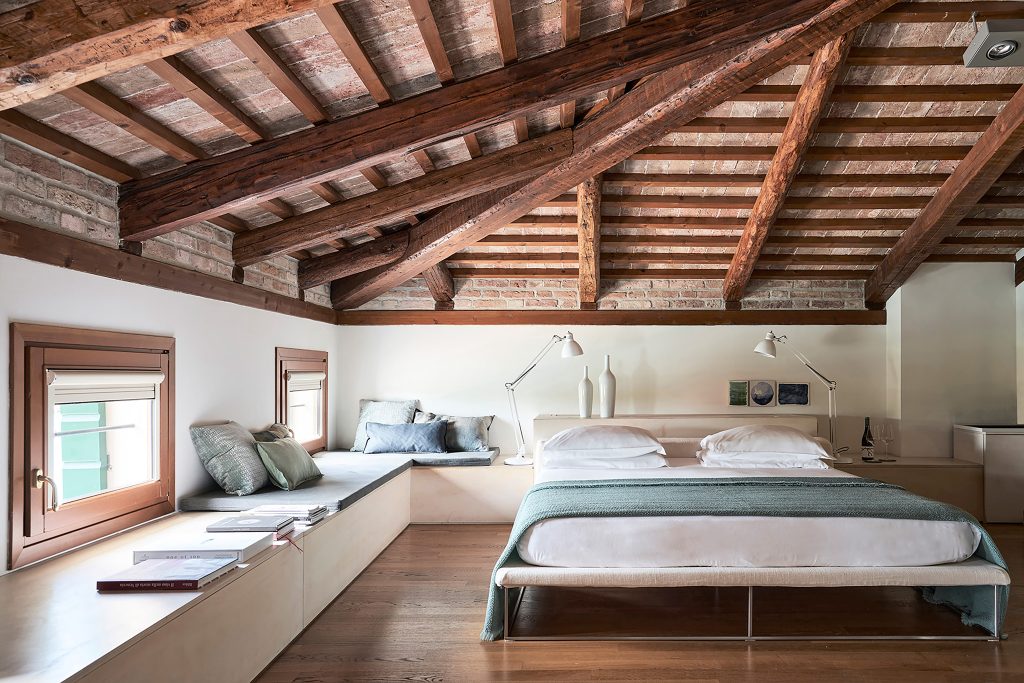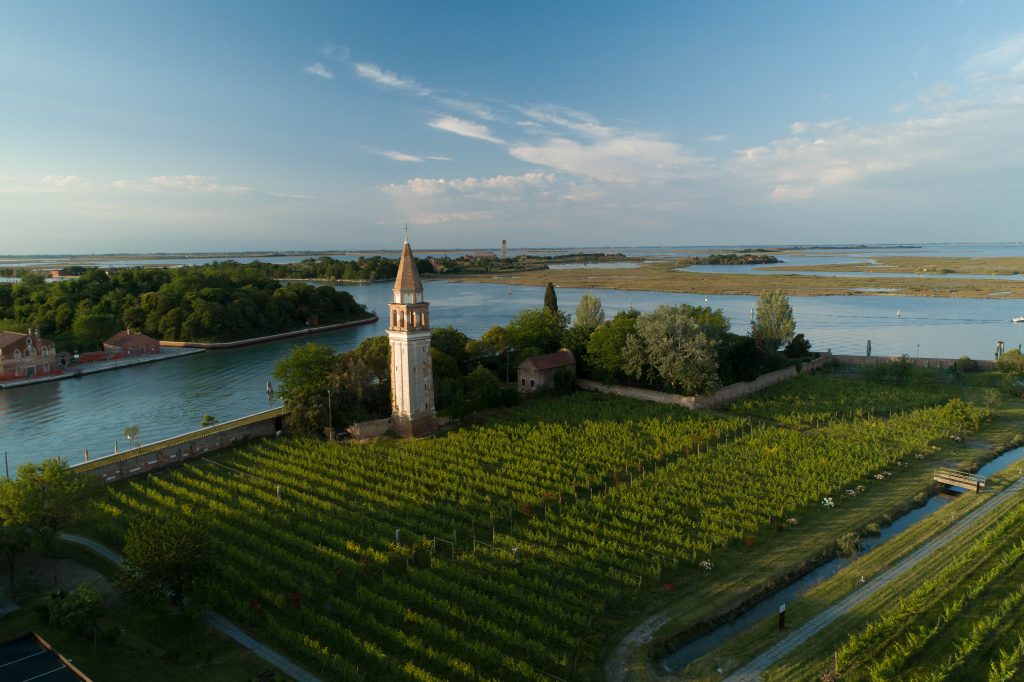
The Venissa Wine Resort on Mazzorbo Island
When you step through the monastery gates to the Venissa Resort on Mazzorbo Island, two things immediately strike you. First, there is a sense that this is a sacred place; its tranquility is palpable. This is tied to fact. For centuries, friars grew vines here, making wine for their religious purposes, until Napoleon’s troops left the monastery in ruins.
Then there are the colors–green and gold most of all—green from the vines and the vegetation covering the ground in every direction, and gold from the light, especially at golden hour, when it practically gilds the clusters of grapes dangling from the vines. After all, these grapes are Dorona di Venezia, the golden grapes of Venice.
The Dorona di Venezia is not only indigenous, it has made its spiritual home in this vineyard, part of the Venissa Wine Resort, where history and luxury have come together in a rare and unique experiment.
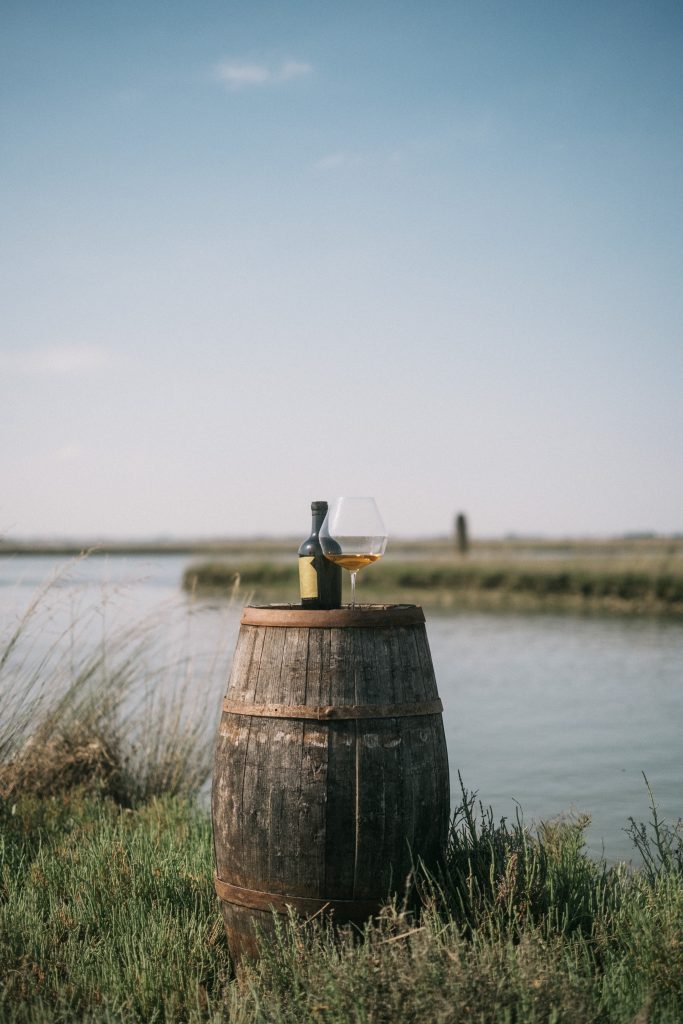
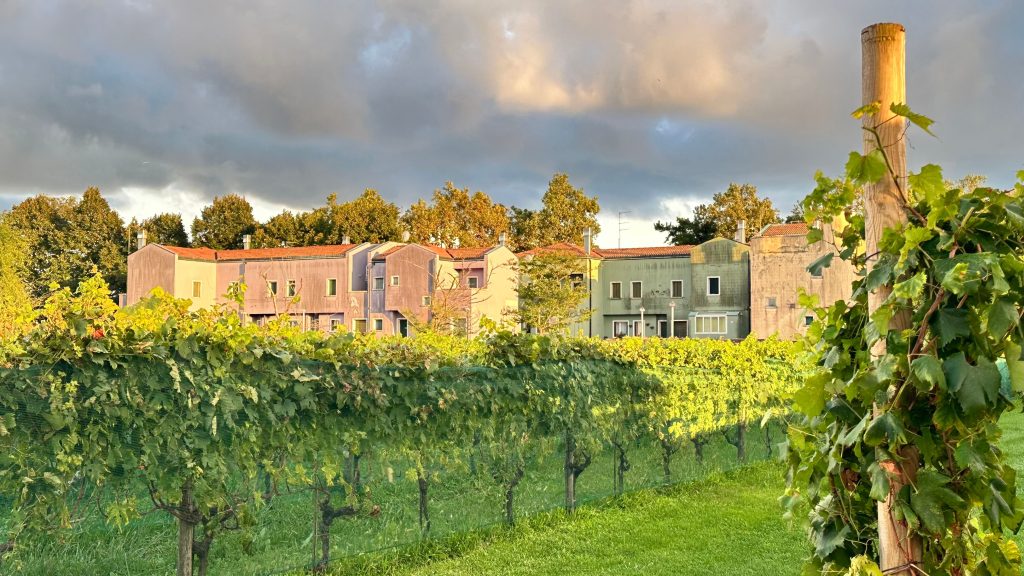
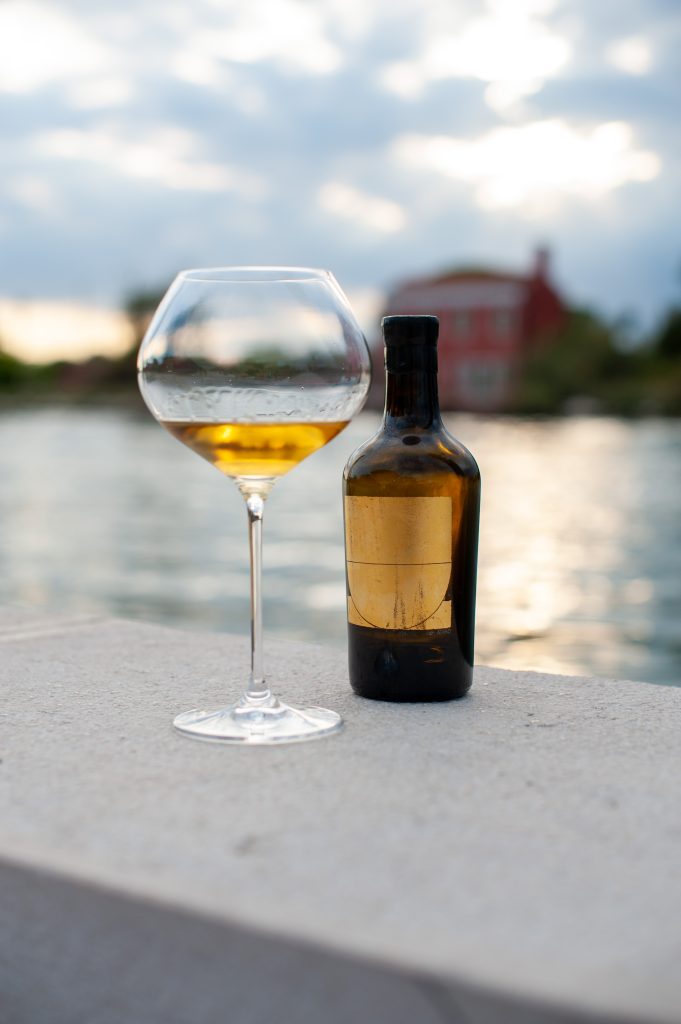
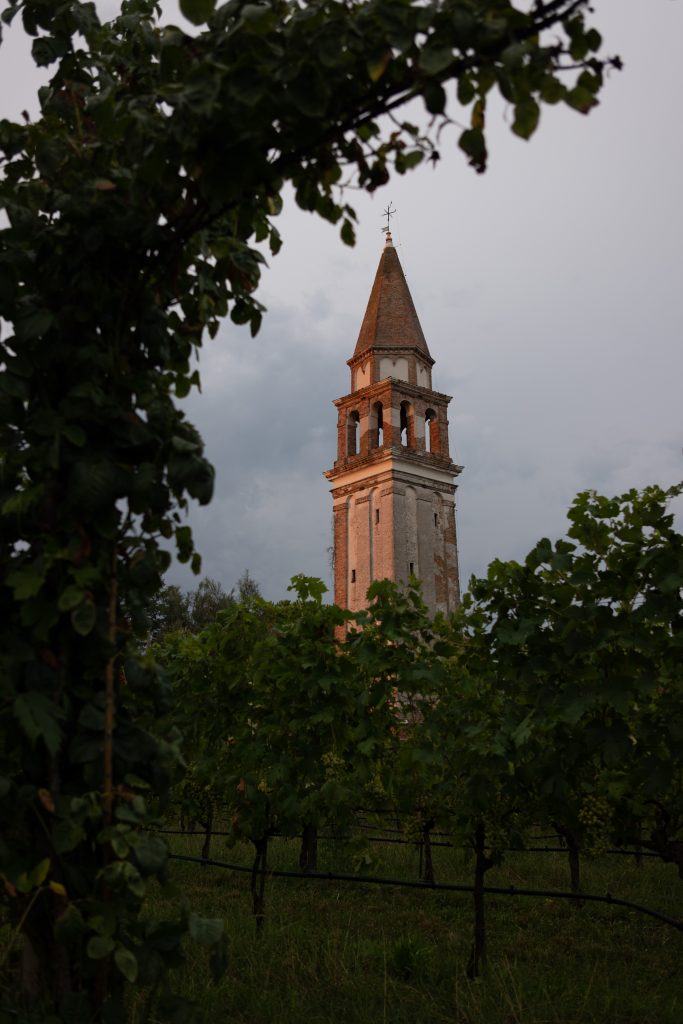
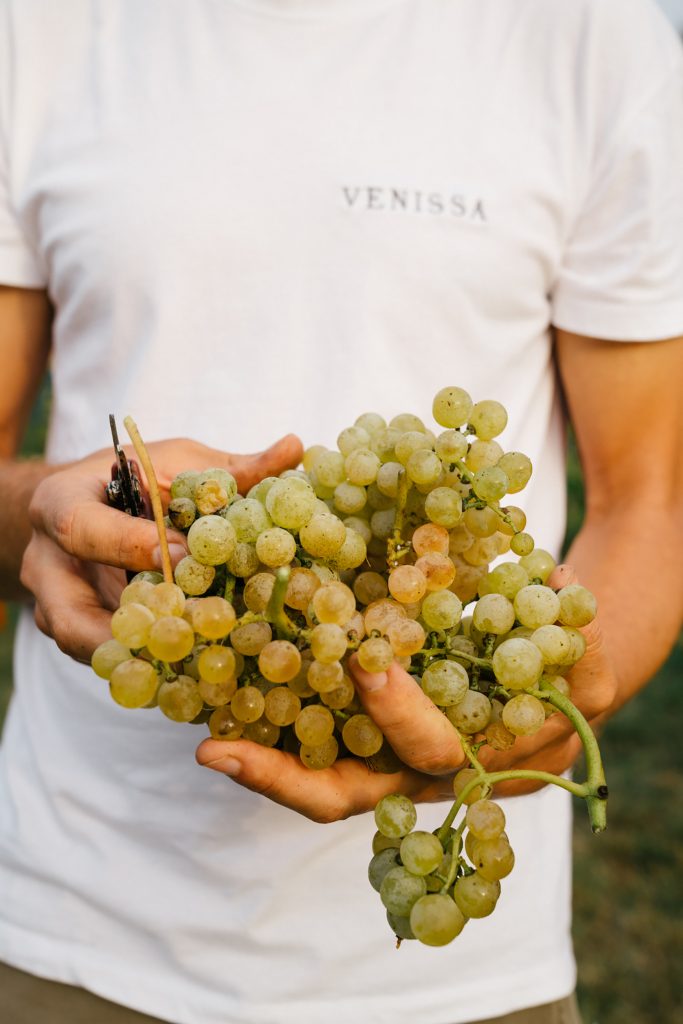
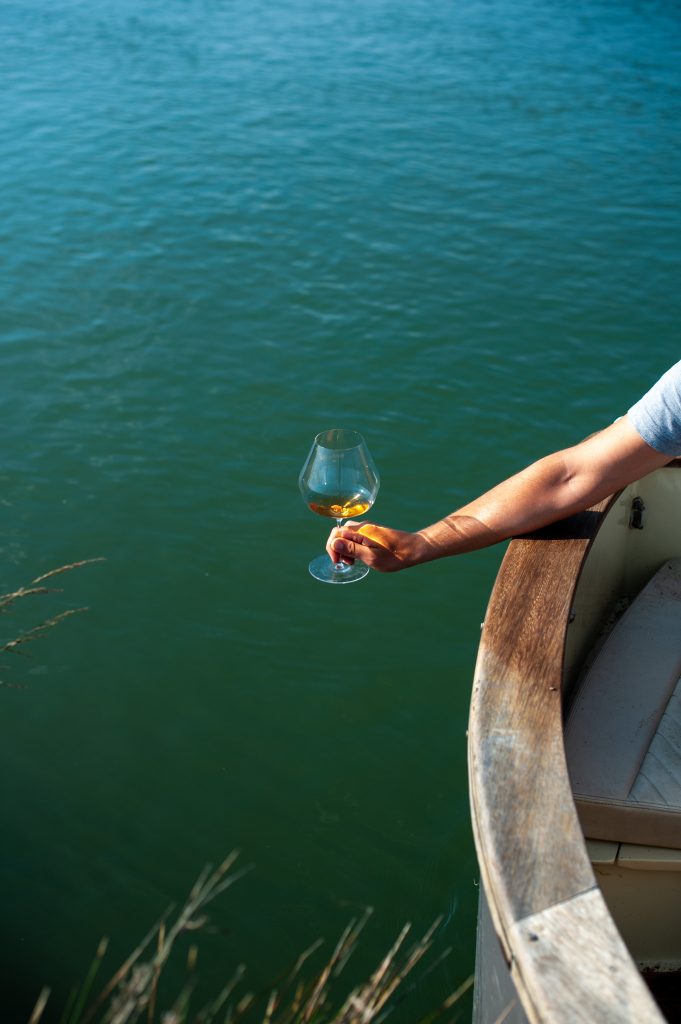
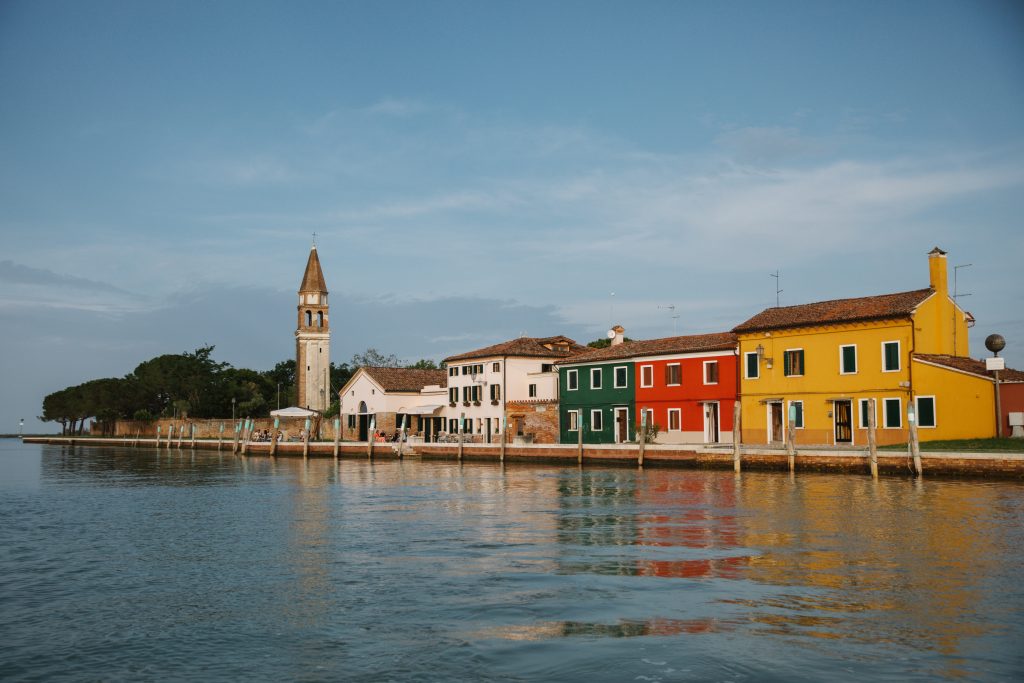
Photos courtesy of Venissa Resort
The Rare Golden Grape
Another revelation hits you once you’re walking the grounds–this vineyard is literally only feet away from the lagoon waters, in every direction, including vertically. The viticultural risks seem overwhelming.
“All the vines in front of us are Dorona,” says Luca Carnevali, Wine Hospitality Manager of Venissa. “And this varietal is extremely important because it is the soul of this place.”
To understand its importance, remember that for centuries, Venice was the Porta d’Oriente—Europe’s eastern gate. Doges and merchants funneled wine into the city. Yet simultaneously, Venetians cultivated their own wine—vino nostrano, “our wine,” and Dorona was one of those. It was favored by the ruling class and became known as the wine of Doges and Venetian nobility.
And although Napoleon contributed to the decline of the Mazzorbo monastery, it was the flood of 1966 — the Acqua Grande — that drowned the city’s gardens and nearly erased Dorona forever. The grape was believed to be extinct.
“This kind of environment is actually hostile to the viticulture… salty air, salty humidity, salty soil… the roots remain shallow… through the centuries this varietal adapted itself to survive in these conditions.”
Luca Carnevali
Venissa is the resurrection of that story. In 2002, Gianluca Bisol of Bisol 1542, a 21-generation Prosecco dynasty, stumbled upon a handful of gnarled vines in Torcello, a nearly island garden. Against all warnings about saline soil, he replanted Dorona behind the medieval former monastery’s walls on Mazzorbo, 40 minutes from Venice by vaporetto (boat).
In 2010, the first harvest arrived, producing a few thousand bottles. Bisol put immense attention to detail into each bottle. Fitting for its location, each is made with Murano glass, but the pièce de résistance is the label — a sheet of 24-karat gold leaf, individually signed and numbered. The bottles represent what many consider Venice’s eternal trinity — wine, gold, and glass.
“The limit for vines to survive is one gram of salt per liter of soil. Here we have three grams. So on paper, it’s impossible to grow vines here. But Dorona makes it possible.”
Luca Carnevali
Of course, none of this would matter if the wine didn’t live up to its story—and it does. Venissa Bianco glows with amber hues from extended skin contact, a white wine with tea-like tannins, the expected touch of salinity, and the unexpected body and gravitas of a red, allowing it to evolve with time. Its sibling, Venusa Bianco, grown just a few centimeters higher and therefore farther from the saltwater below, is fresher and more aromatic, with notes of wildflowers, chamomile, and yellow fruit.
Images of the Venissa Resort and Ristorante Venissa, courtesy of Venissa Resort.
Michelin Star in the Lagoon
With a rare wine and historical site as the backdrop, Bisol went on to elevate the island and the lagoon’s caché with an on-site resort and an acclaimed restaurant. Ristorante Venissa has been awarded both a Michelin Star and a Green Star for its sustainability, and Chefs Chiara Pavan and Francesco Brutto have created a cuisine they call cucina ambientale, inspired by the Venetian Lagoon itself.
Meat is intentionally absent—menus are almost entirely vegetarian or pescatarian, featuring just one or two fish courses, complemented by vibrant vegetables grown in the estate’s gardens. Their tasting menus (seven or ten courses) are immersive journeys through lagoon terroir, with dishes such as gnocchi with fig leaf and tarragon oil and Venetian artichokes with black garlic.
Sleeping Among the Vines
The luxury extends beyond the table. Venissa Wine Resort offers just five intimate rooms, including two suites that have been restored within the historic manor house. These suites bring the estate full circle; you can arrive by vaporetto directly to their door, stroll across the footbridge to neighboring Burano, and retreat to rooms overlooking the walled grounds where Dorona once again thrives.
More than a luxury destination, Venissa is a living cultural project. Guests leave not only with memories of Michelin-starred dinners and golden sunsets but with the rarest souvenir of all—a taste of Venice’s elusive liquid gold, reborn where sea and vine meet.

